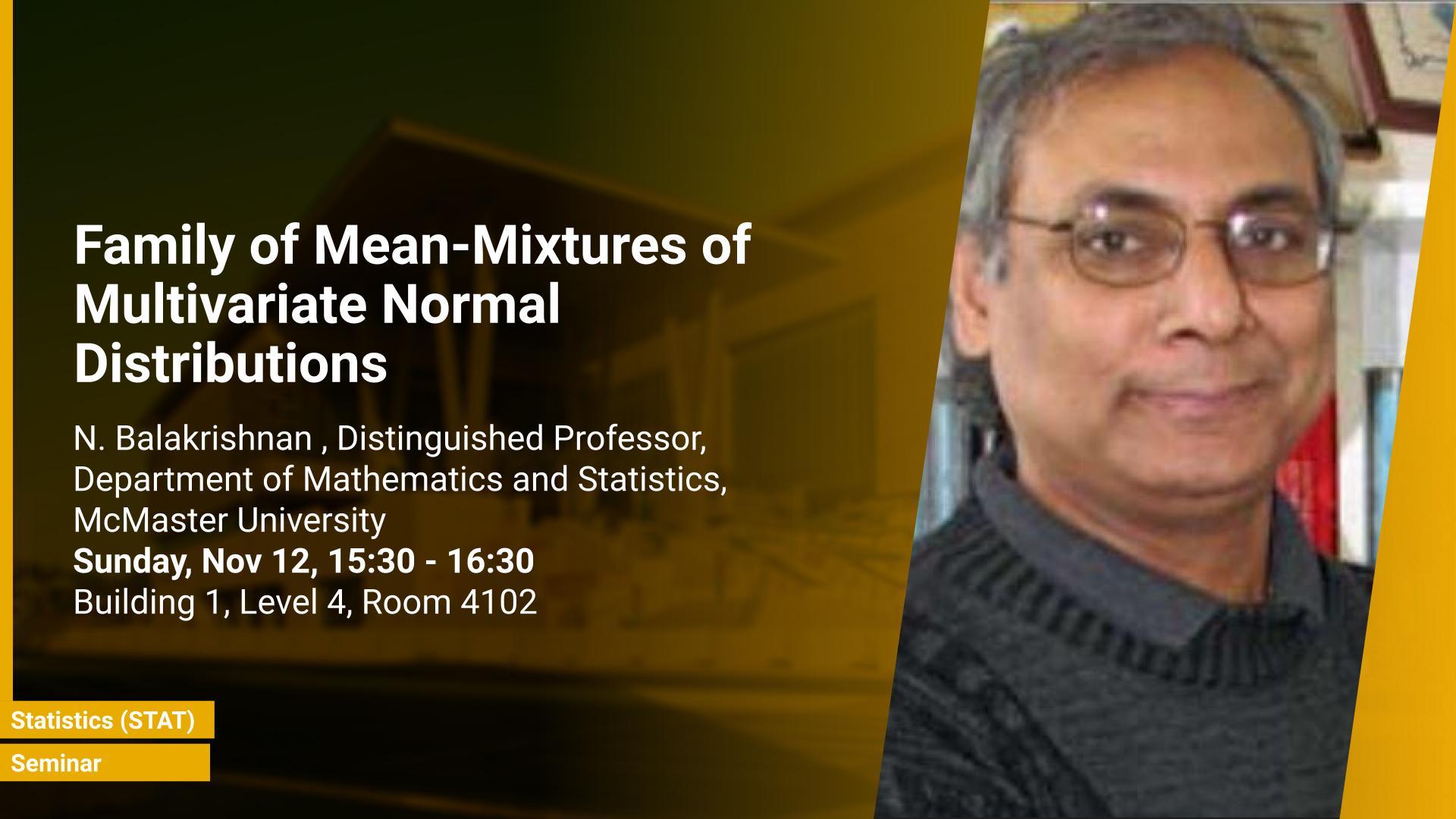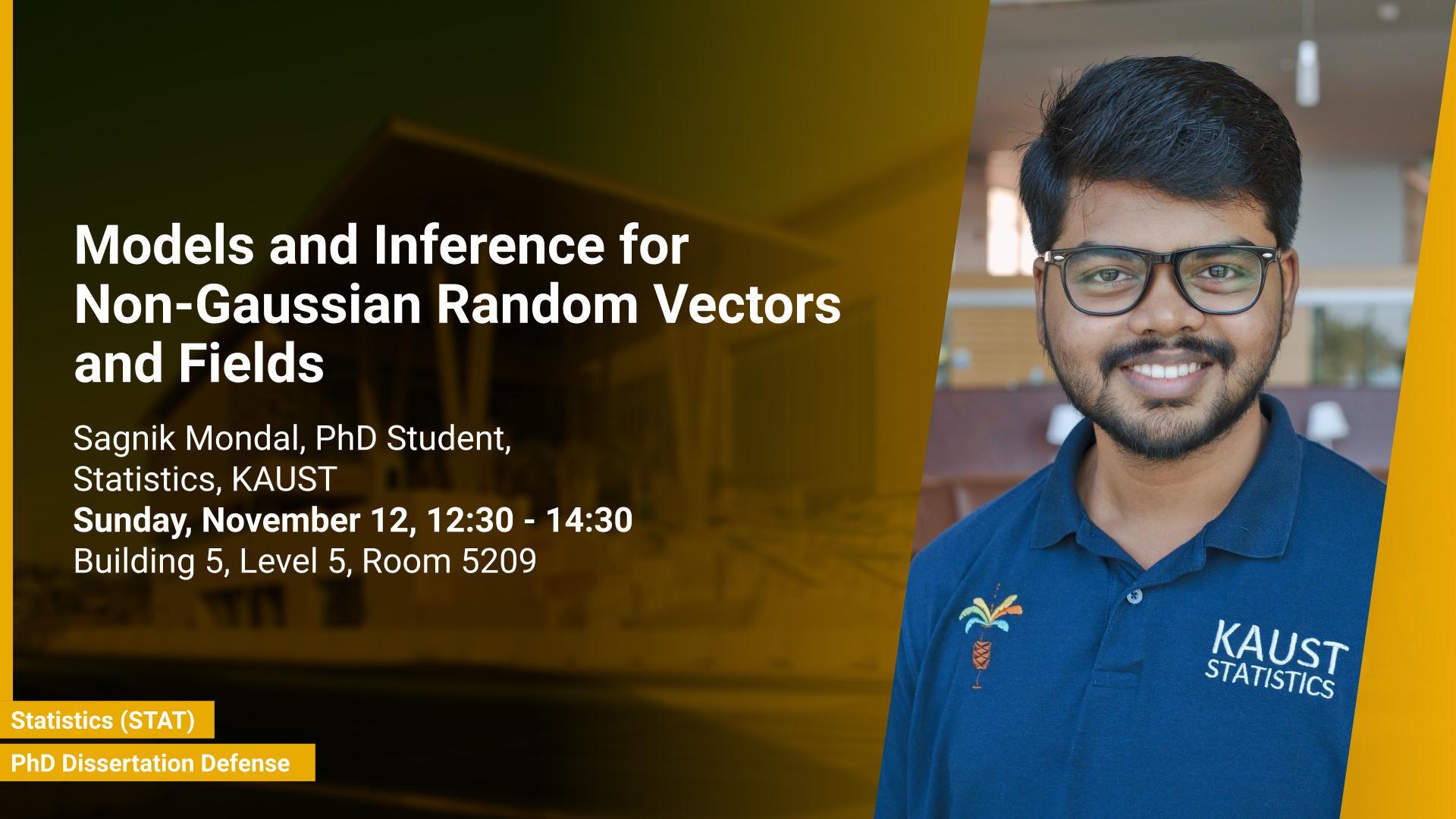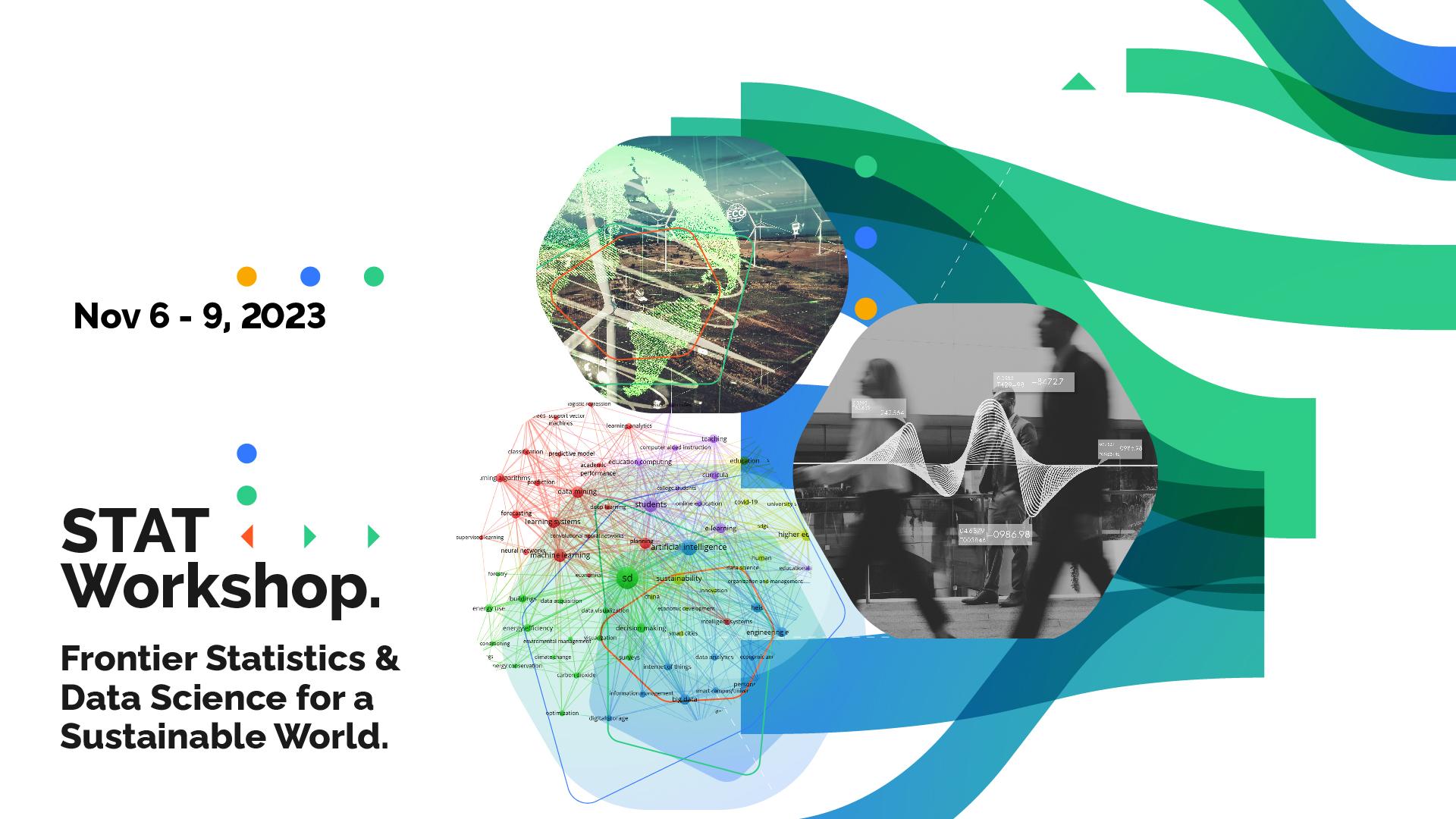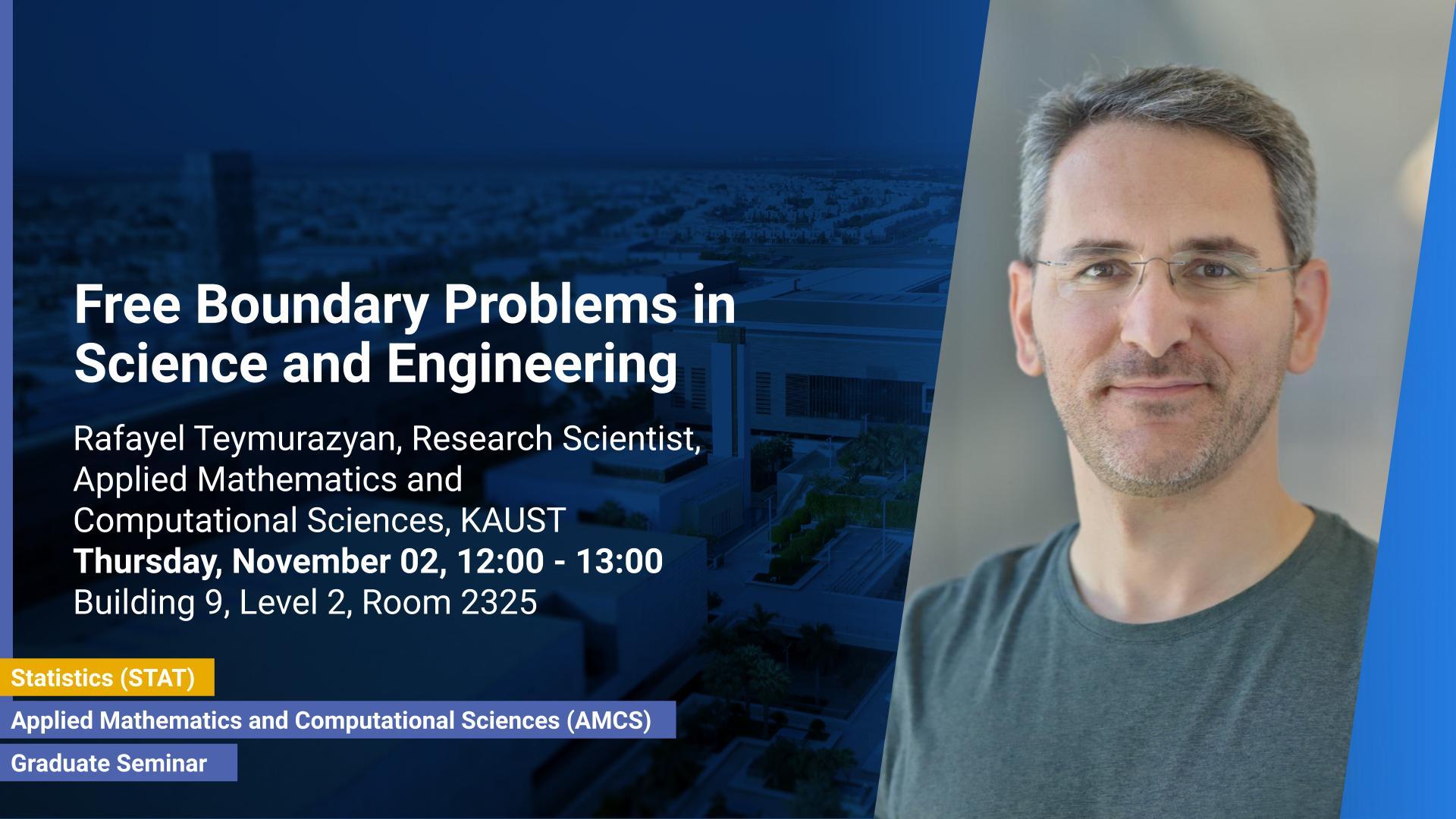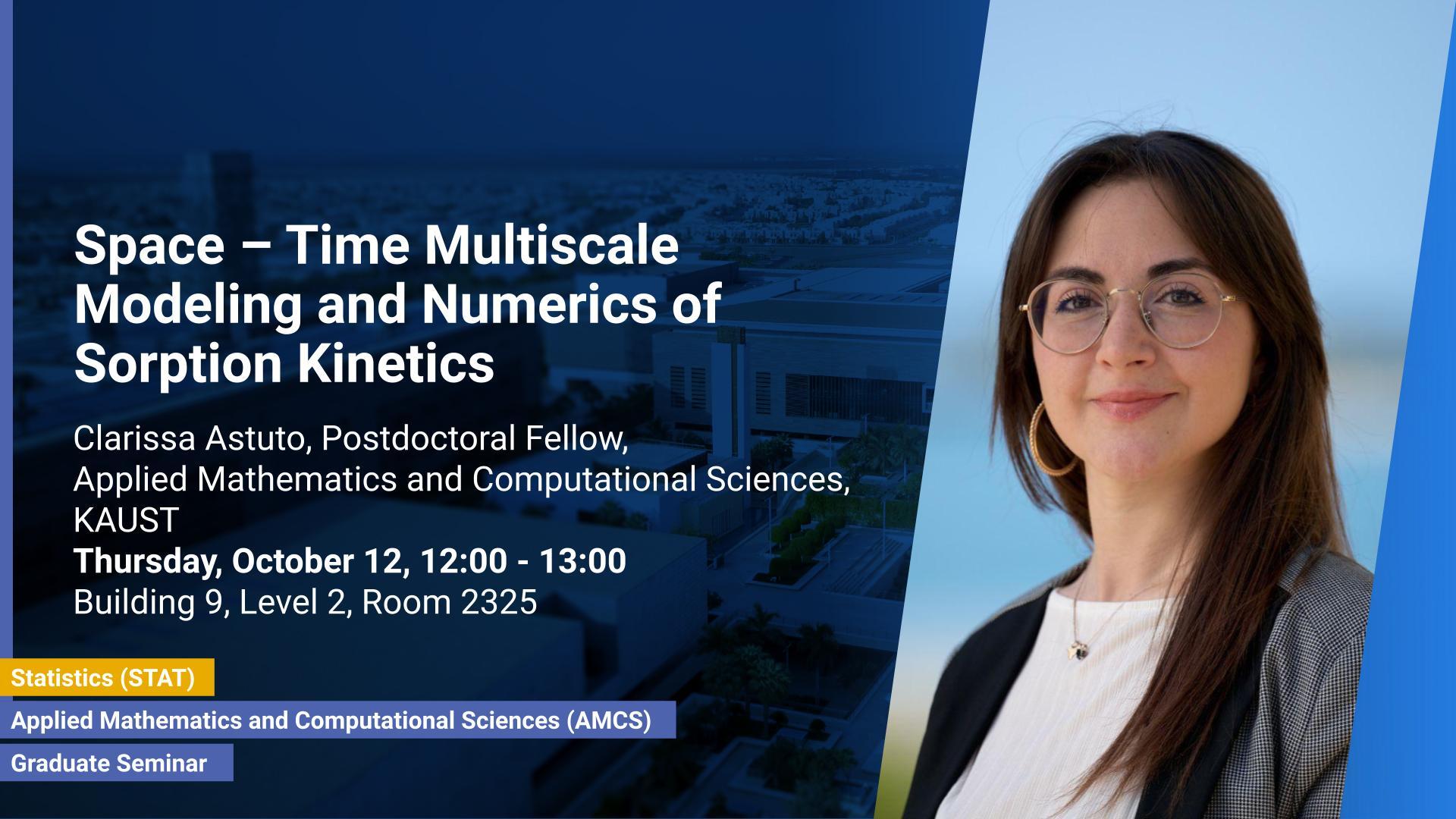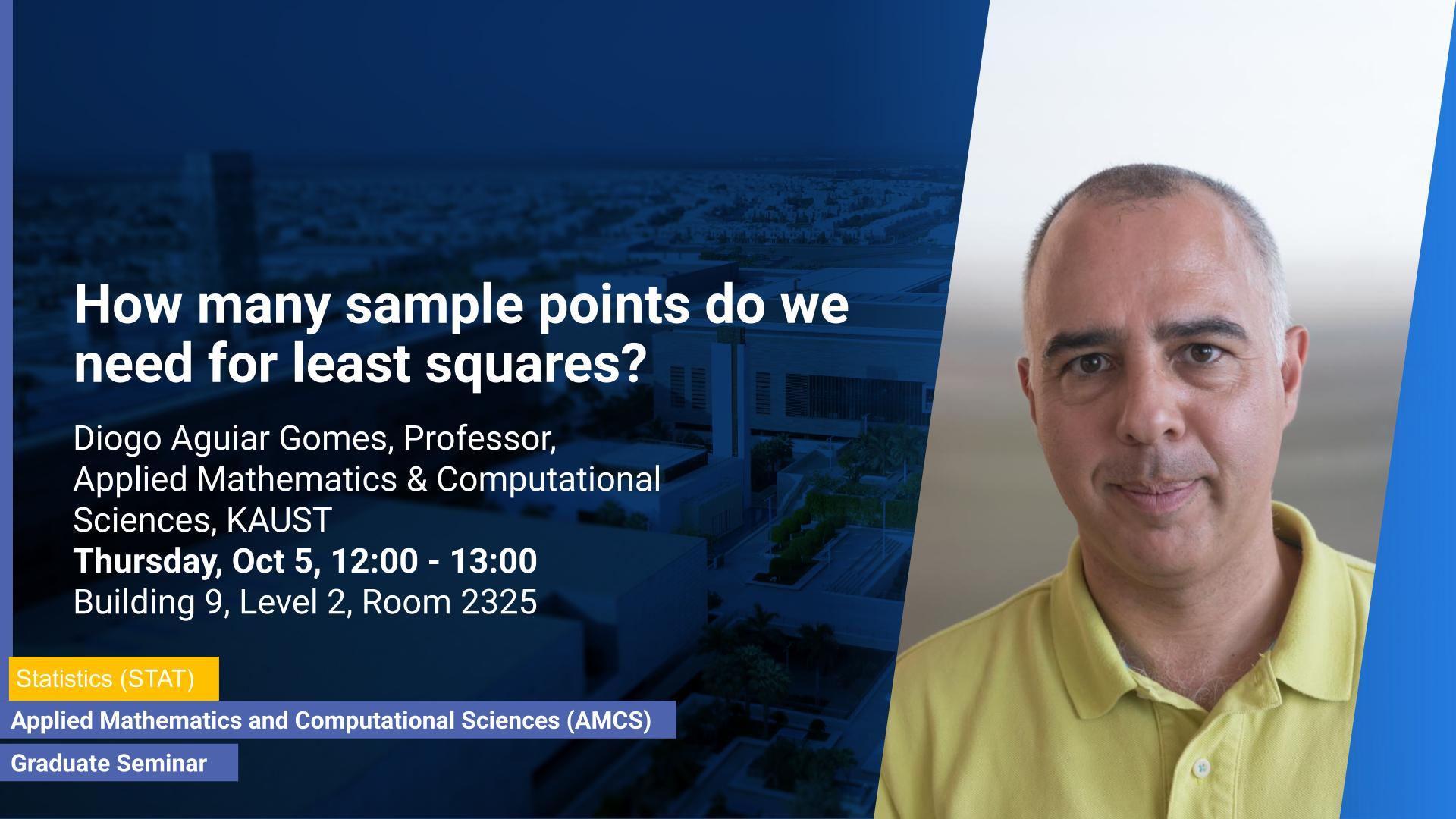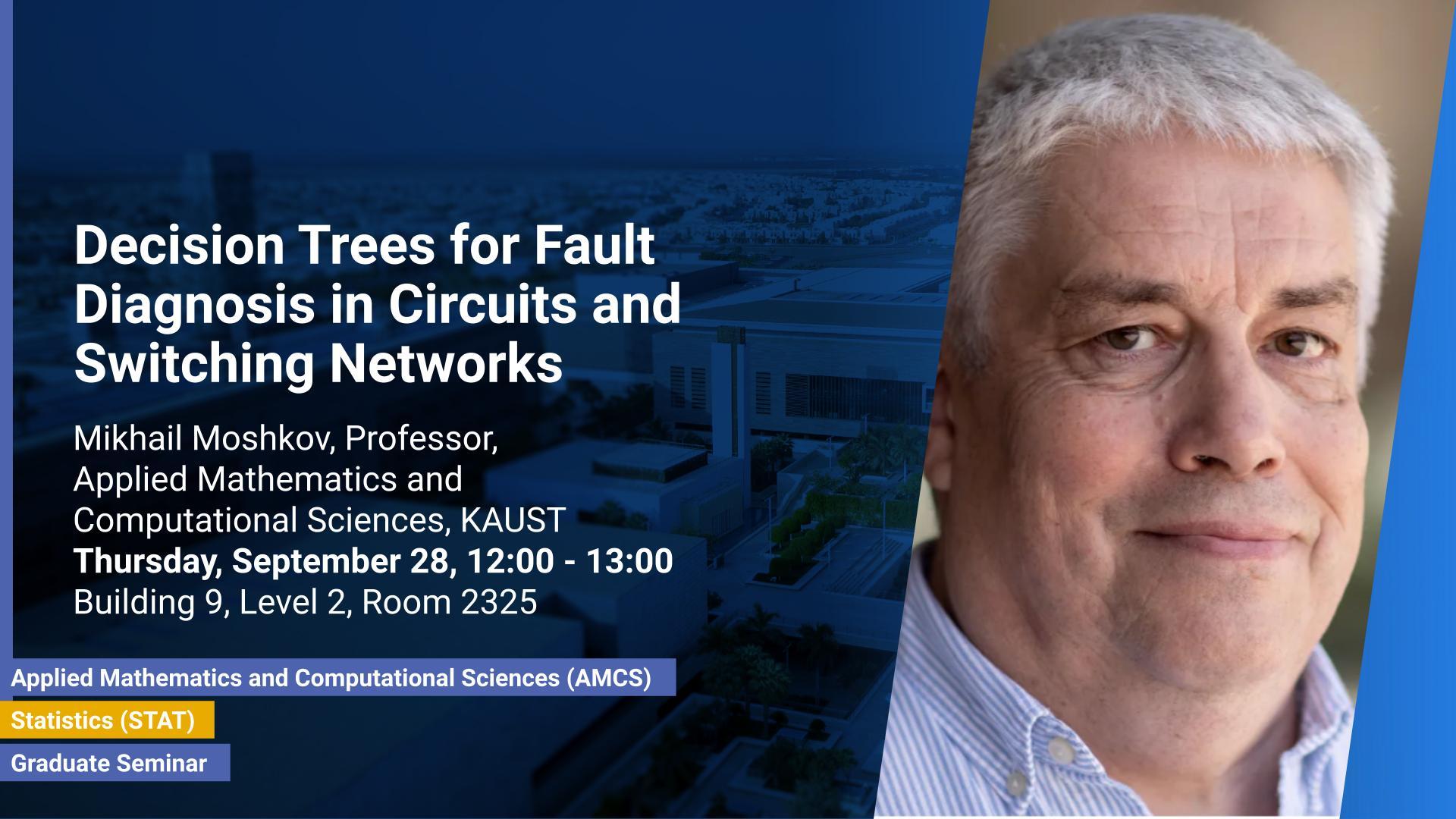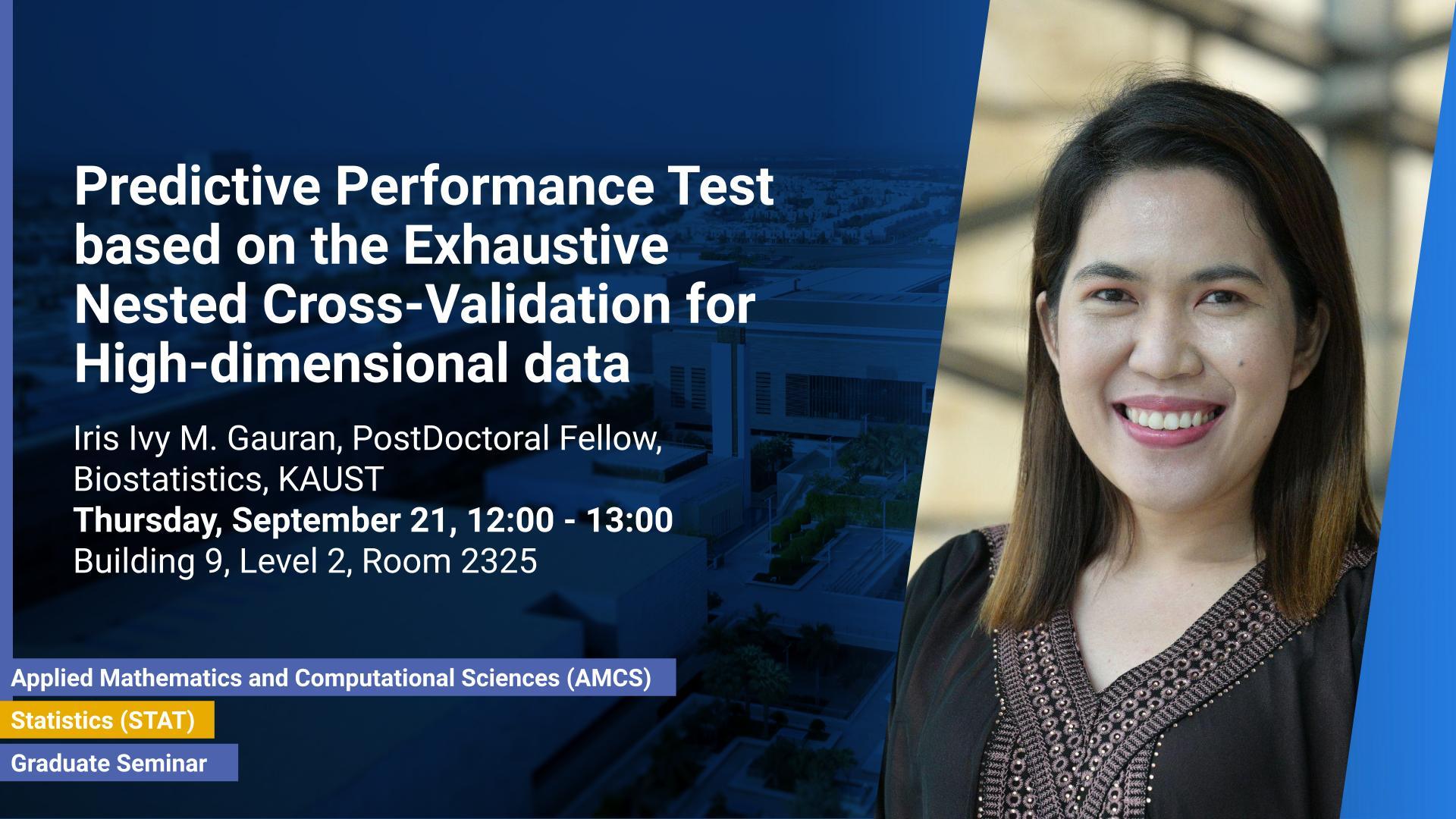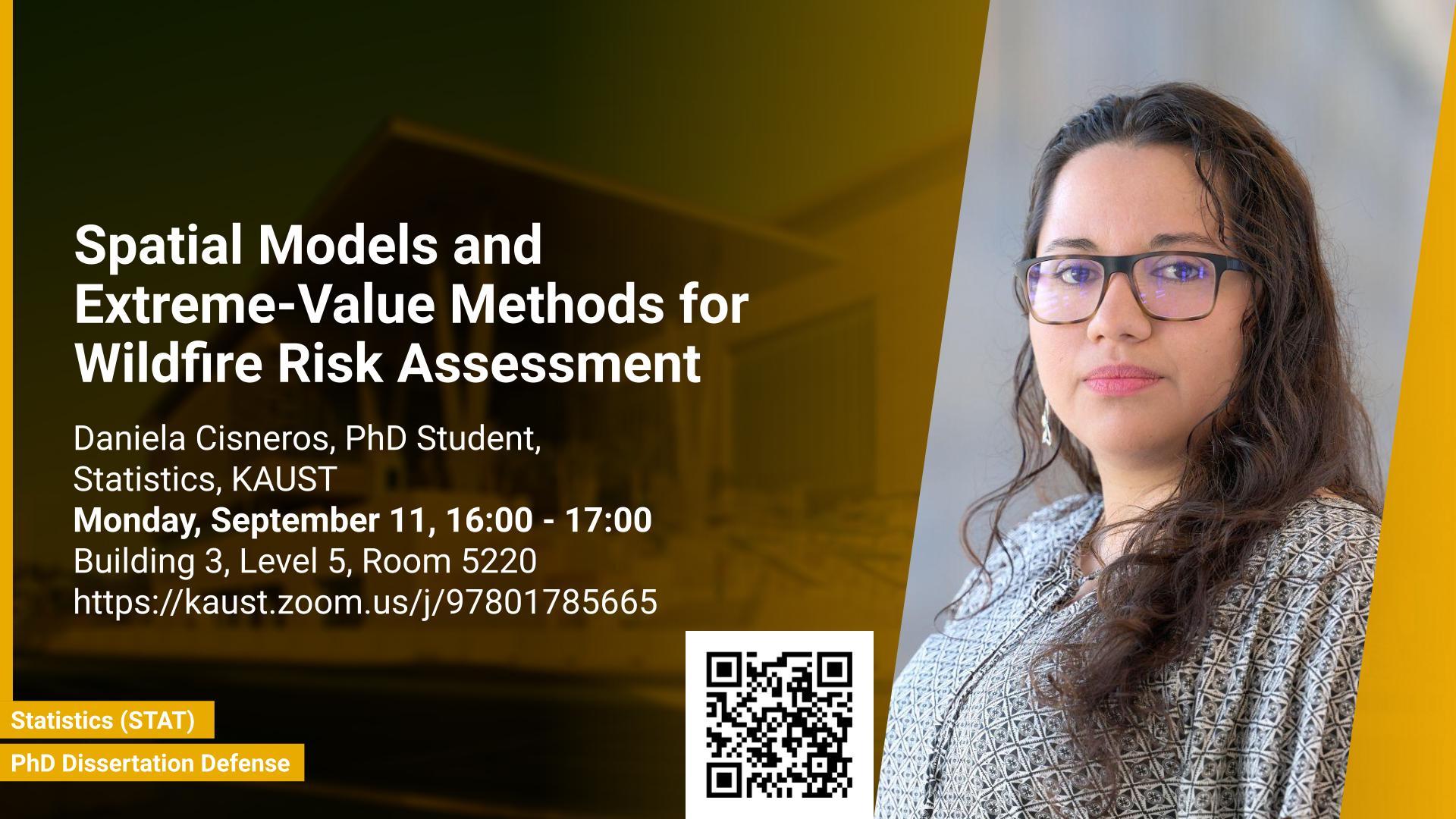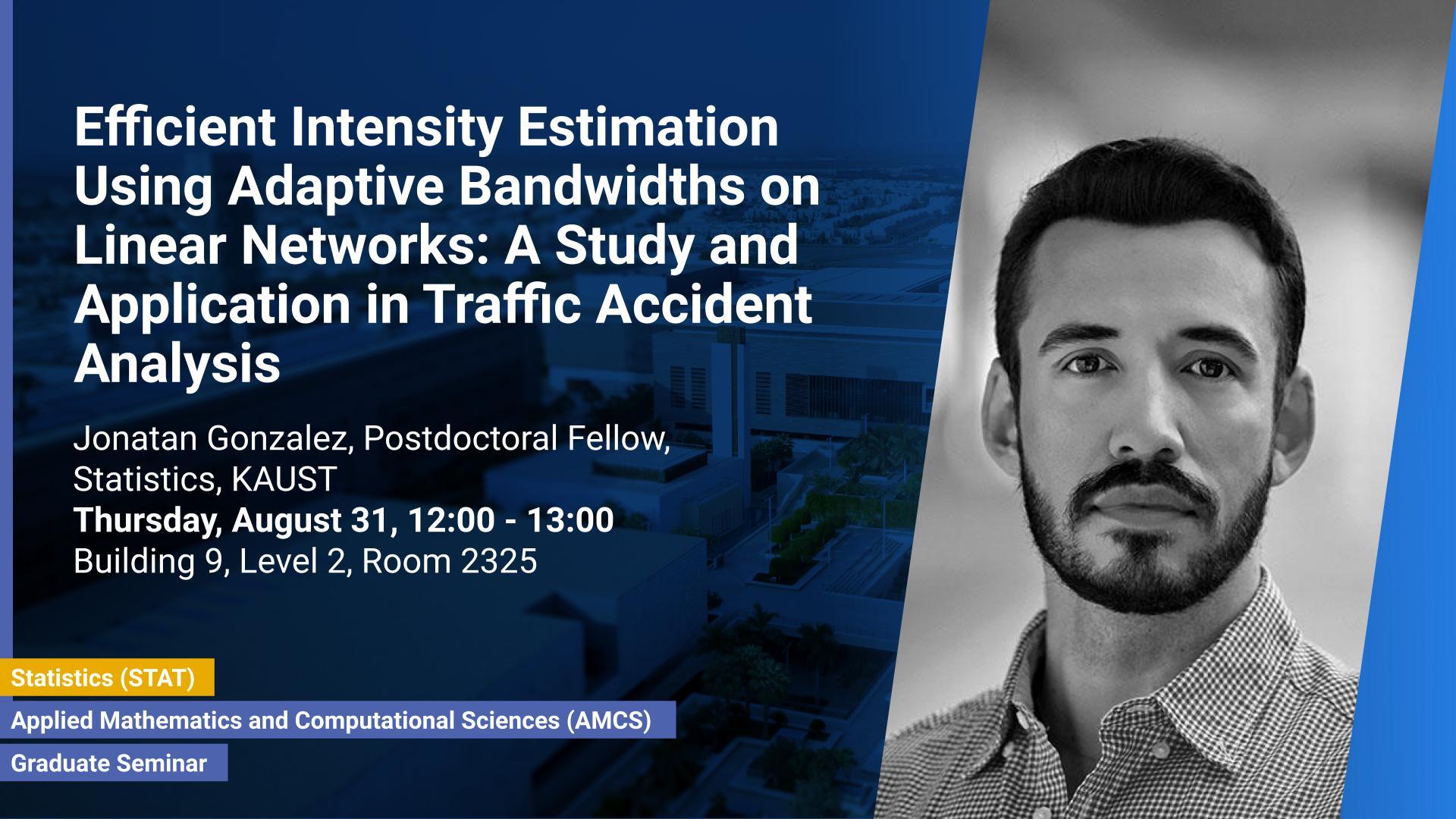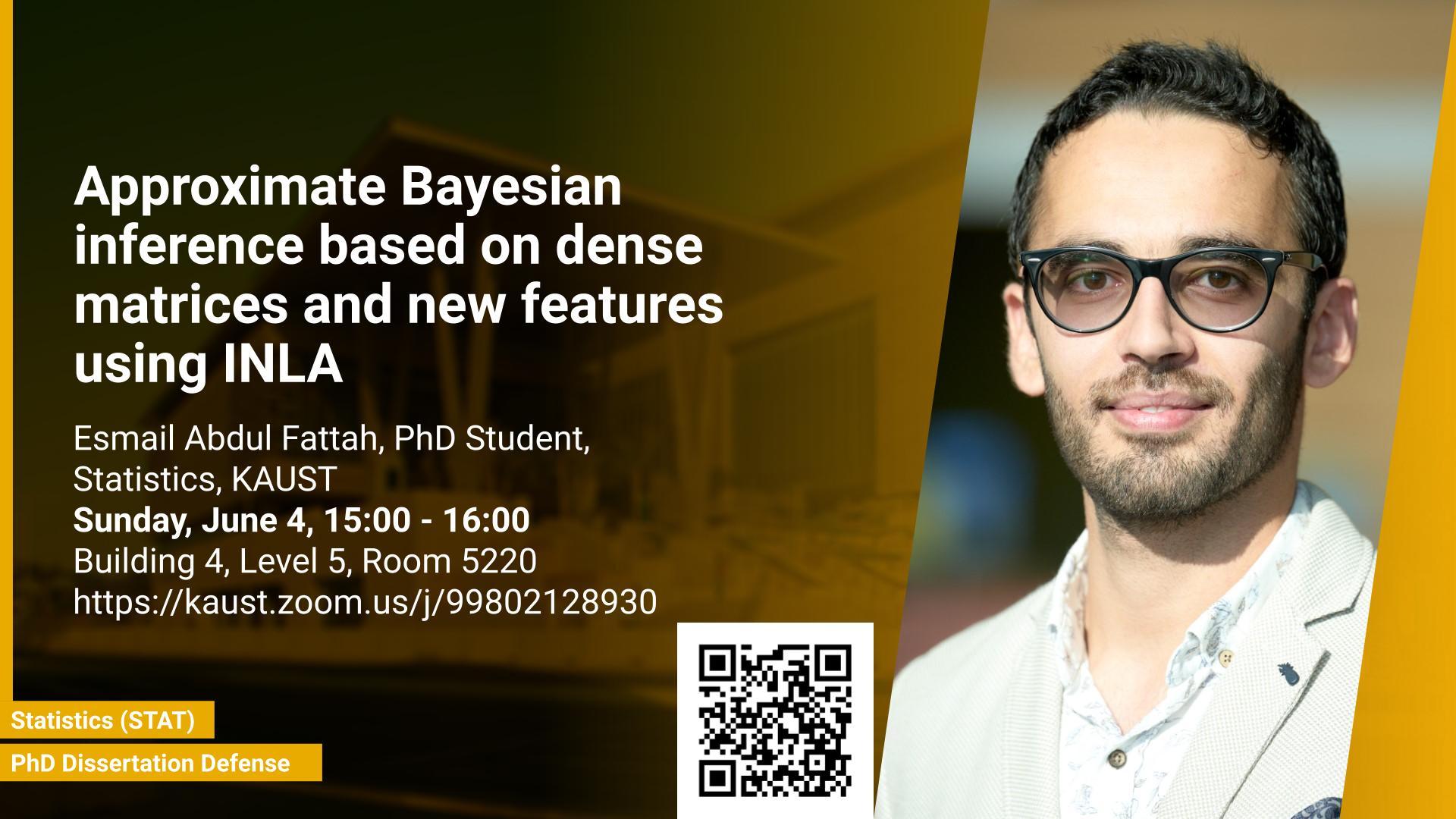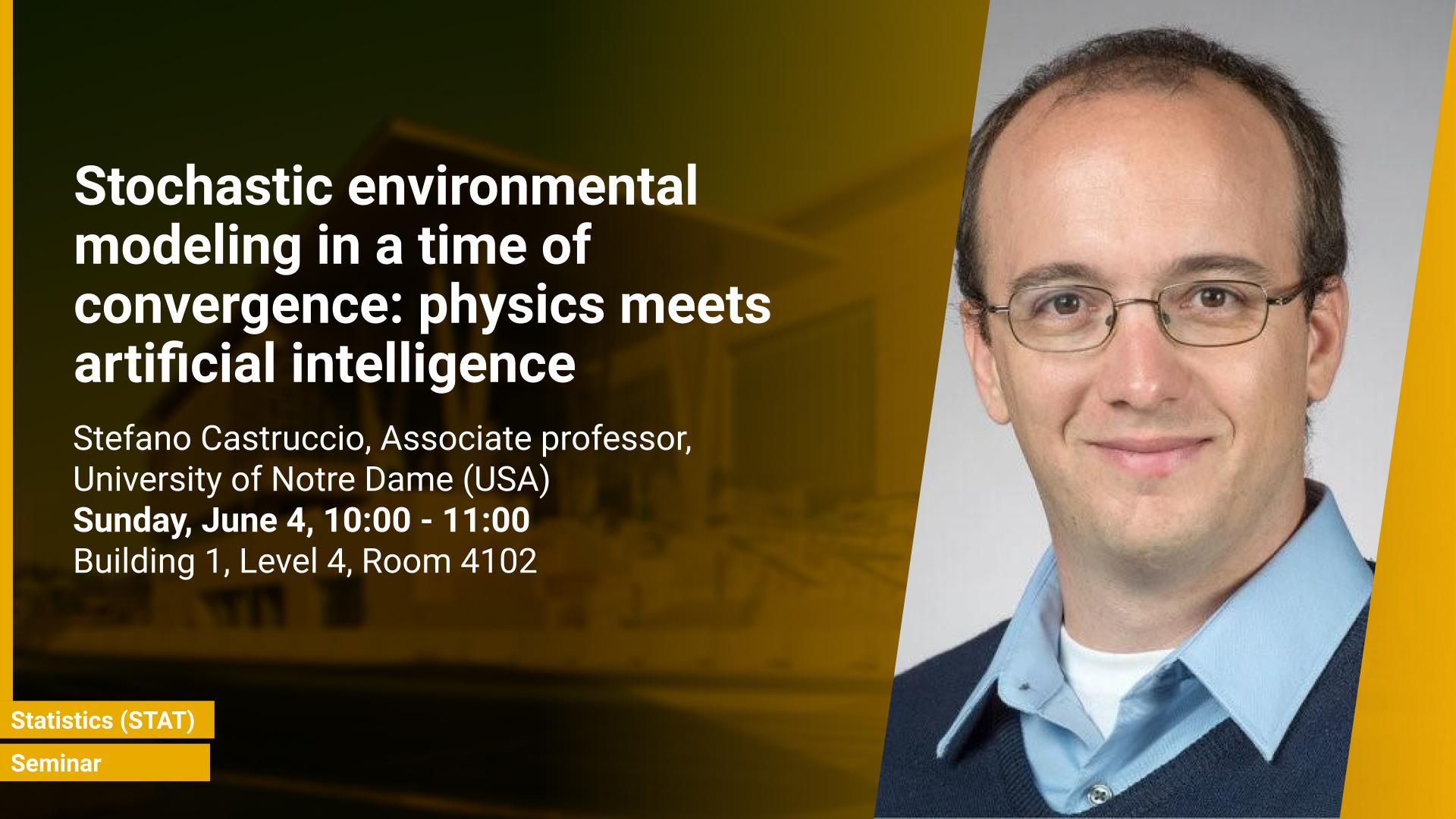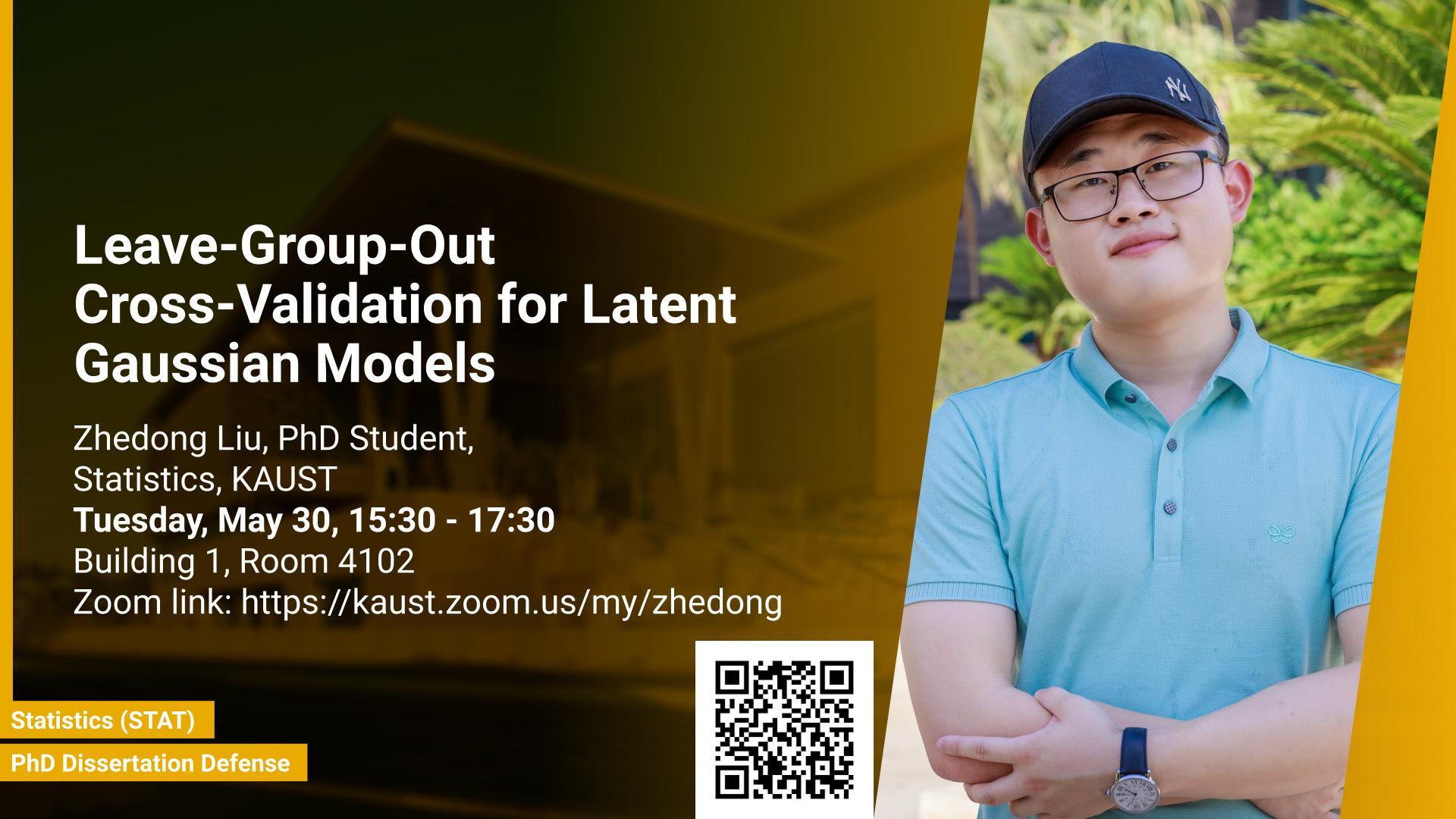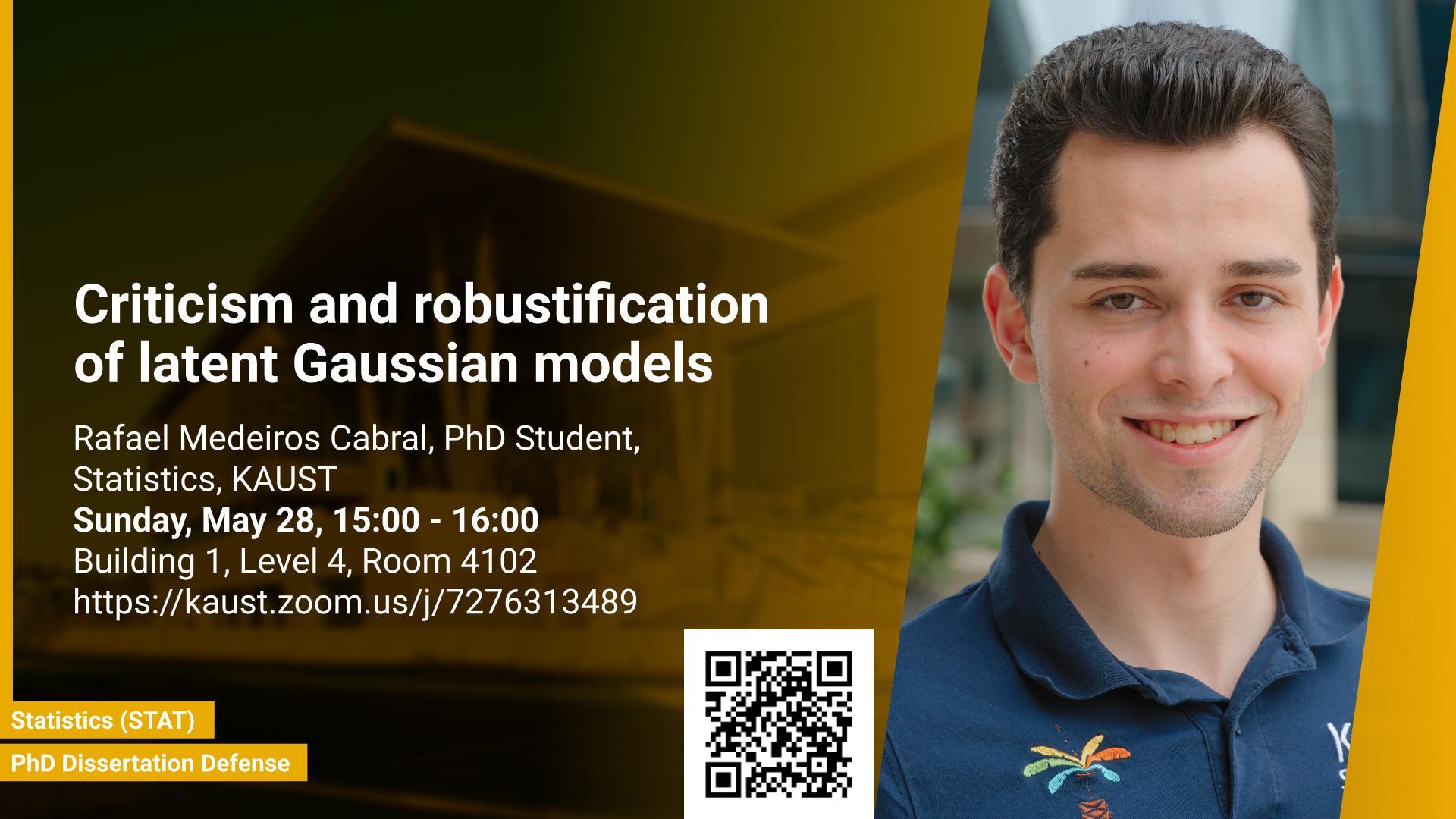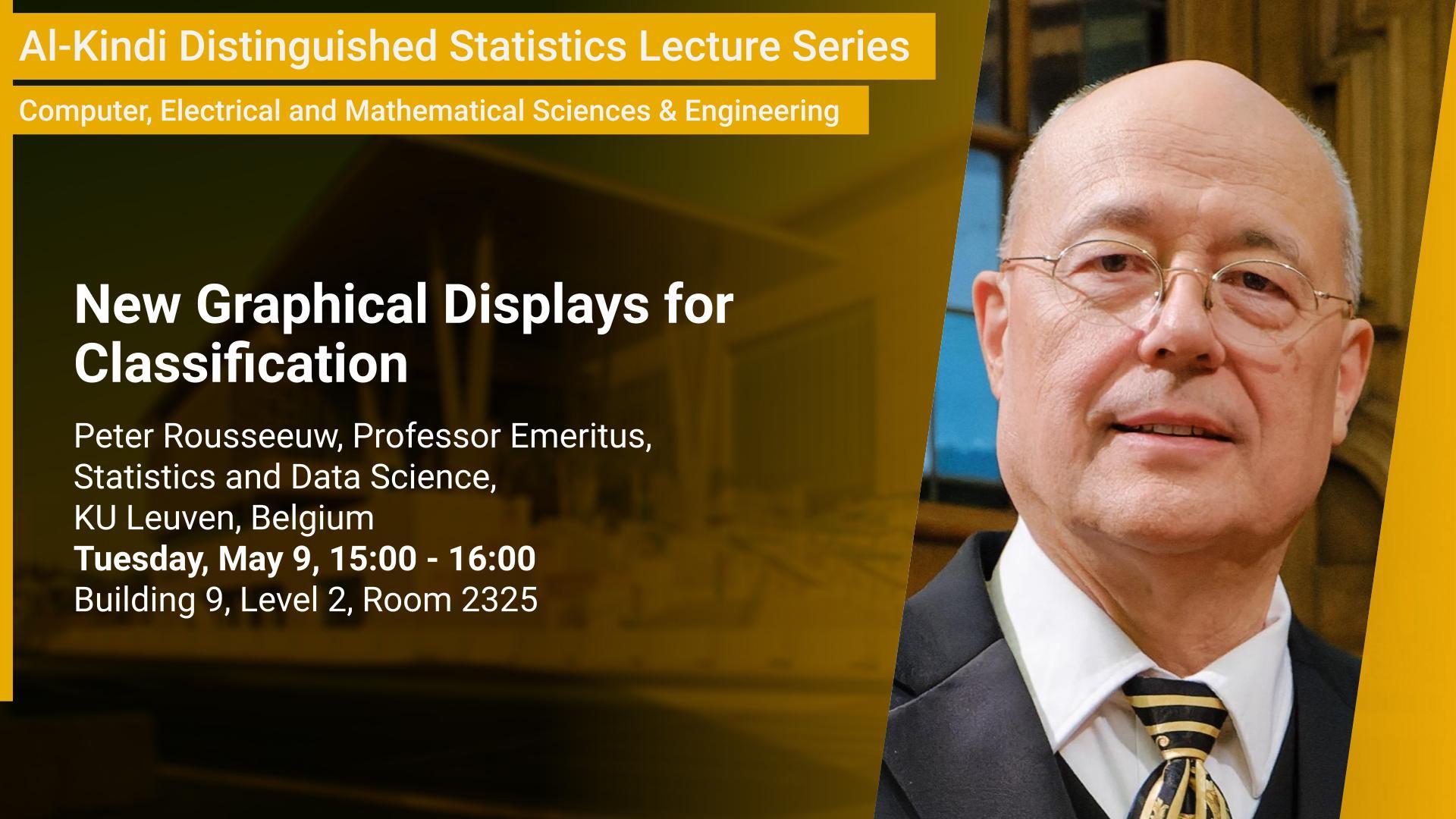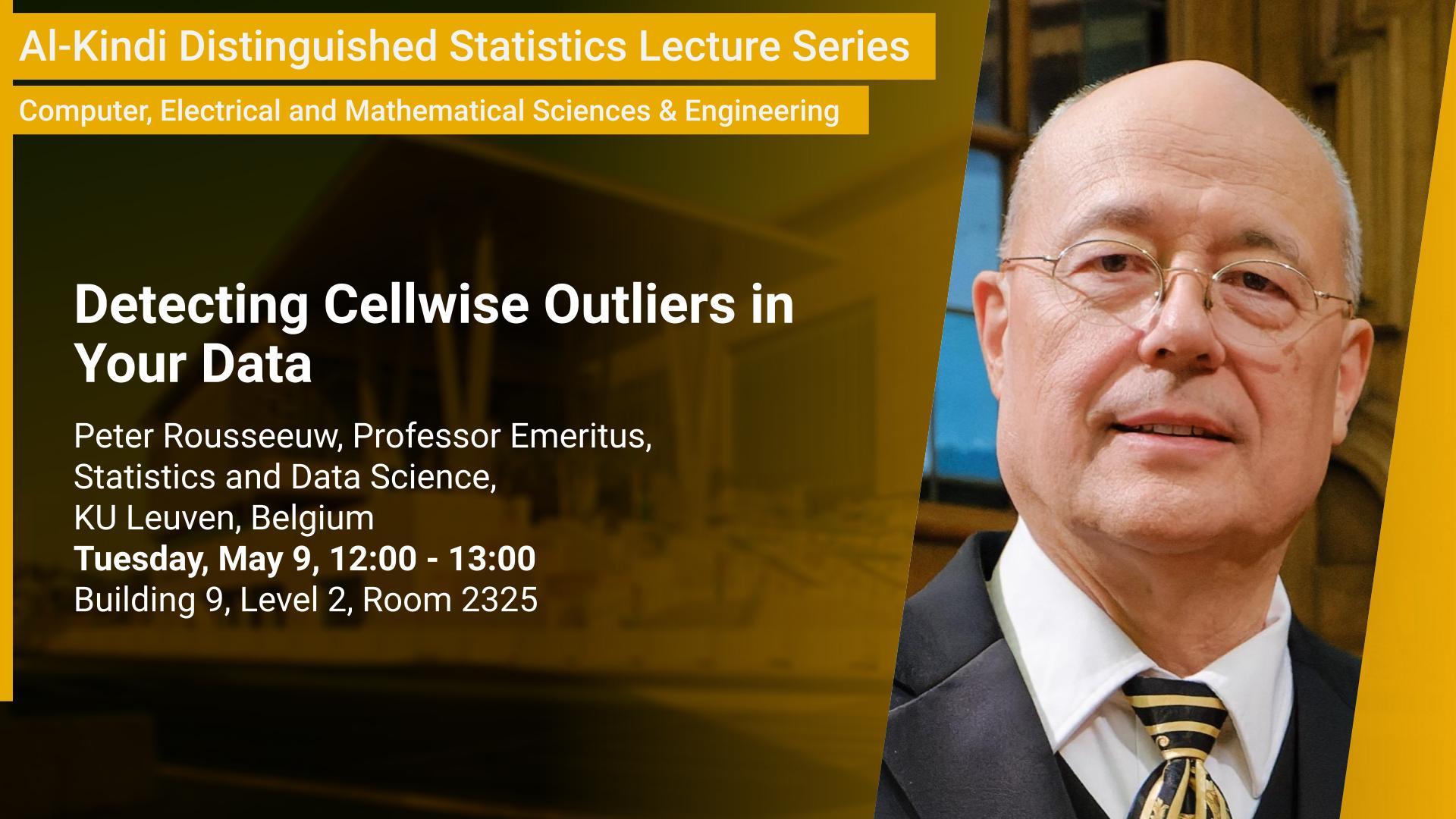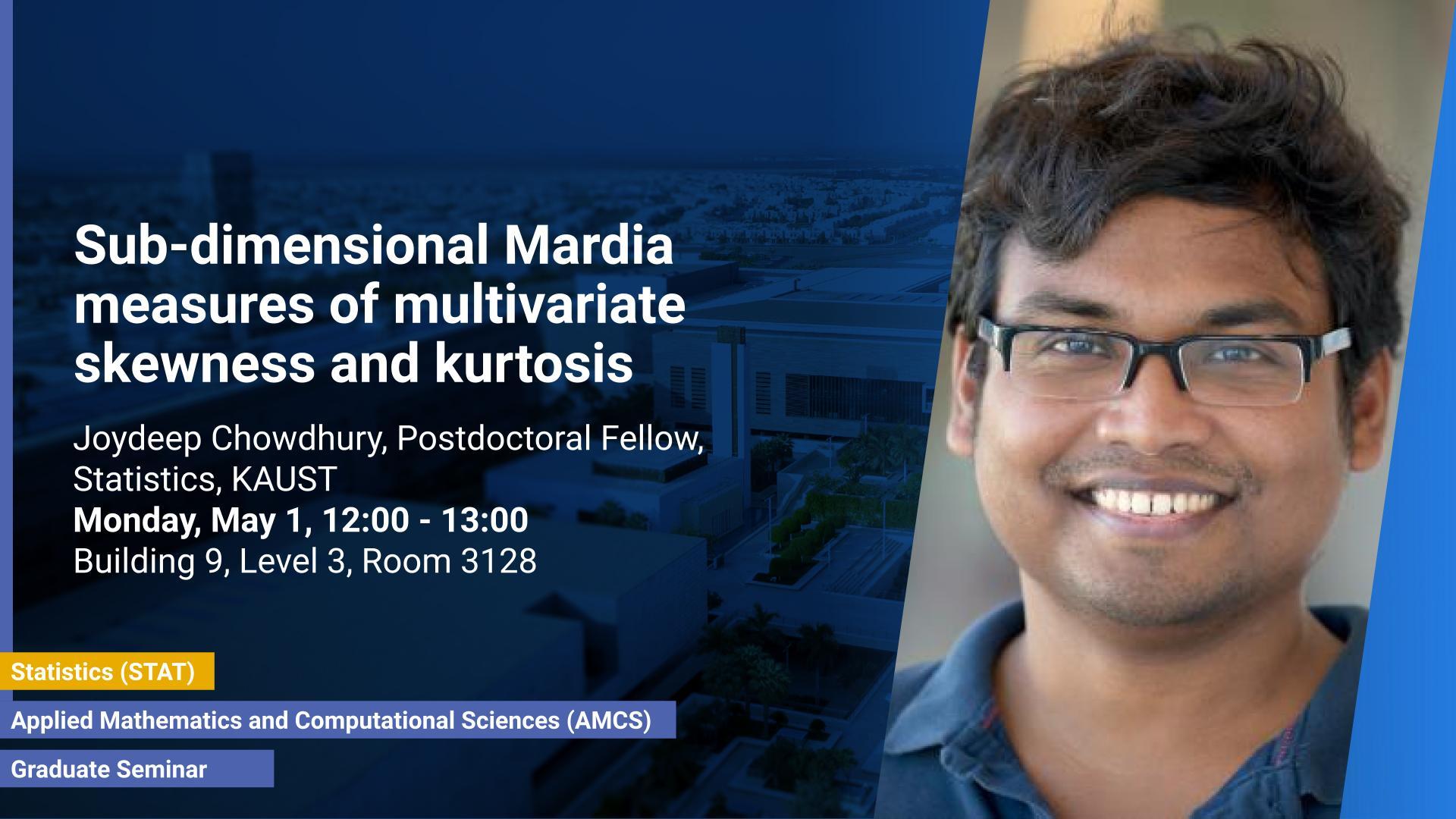Peter Rousseeuw, Professor Emeritus, Statistics and Data Science, KU Leuven, Belgium
Tuesday, May 09, 2023, 15:00
- 16:00
Building 9, Level 2, Room 2325
Classification is a major tool of statistics and machine learning. Several classifiers have interesting visualizations of their inner workings. Here we pursue a different goal, which is to visualize the cases being classified, either in training data or in test data. An important aspect is whether a case has been classified to its given class (label) or whether the classifier wants to assign it to a different class. This is reflected in the probability of the alternative class (PAC). A high PAC indicates label bias, i.e. the possibility that the case was mislabeled. The PAC is used to construct a silhouette plot which is similar in spirit to the silhouette plot for cluster analysis. The average silhouette width can be used to compare different classifications of the same dataset. We will also draw quasi residual plots of the PAC versus a data feature, which may lead to more insight in the data. One of these data features is how far each case lies from its given class, yielding so-called class maps. The proposed displays are constructed for discriminant analysis, k-nearest neighbors, support vector machines, CART, random forests, and neural networks. The graphical displays are illustrated and interpreted on data sets containing images, mixed features, and texts.
